MS-ESS1-2
Develop and use a model to describe the role of gravity in the motions within galaxies and the solar system.
-
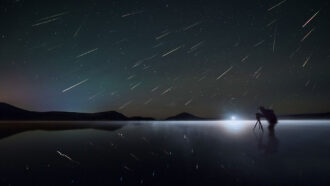 Earth
EarthLet’s learn about meteor showers
Meteor showers happen when Earth’s orbit passes through trails of debris left behind by comets or asteroids.
-
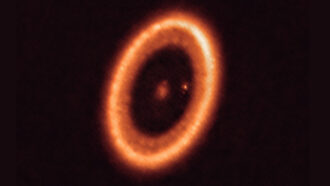 Space
SpaceThis image may be the first look at exomoons in the making
These observations offer some of the best evidence yet that planets around other stars have moons, or exomoons.
-
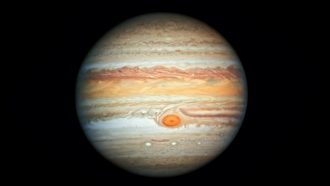 Space
SpaceBorn in deep shadows? That could explain Jupiter’s strange makeup
Dust that blocked sunlight might have caused the gas giant to form in a deep freeze, a new study suggests.
By Ken Croswell -
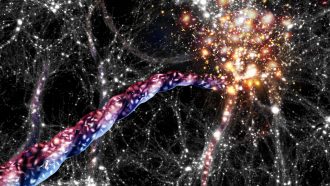 Space
SpaceCosmic filaments may have the biggest spin in outer space
These rotating threads of dark matter and galaxies stretch millions of light-years. Scientists want to know how their spin begins.
-
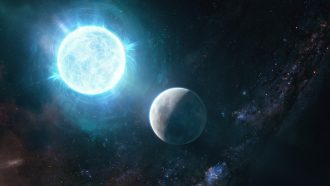 Space
SpaceMoon-sized white dwarf is the smallest ever found
This dead star is also spinning very fast and has an amazingly powerful magnetic field.
-
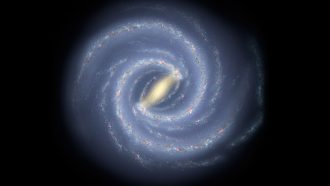 Space
SpaceSpin in this Milky Way bar may show cosmic dark matter does exist
A method akin to studying a tree’s rings reveals the timeline of a slowdown in those stars at the heart of our Milky Way galaxy.
-
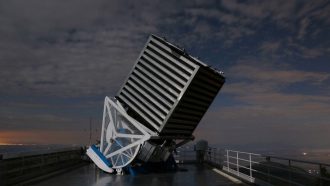 Space
SpaceHuge arc of galaxies is surprising and puzzling cosmologists
The arc appears to violate a cosmic rule that on such large scales, matter will be evenly distributed.
-
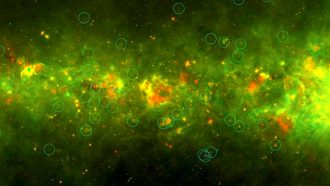 Space
SpaceThe Milky Way’s ‘yellowballs’ are clusters of baby stars
The mysterious cosmic objects — first spotted by citizen scientists — turn out to be infant stars of various masses.
-
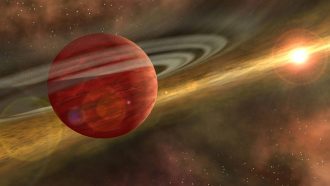 Planets
PlanetsThe pebbled path to planets
Small pebbles zipping through a sea of gas may give rise to mighty planets.
-
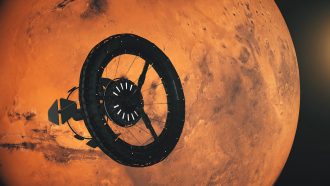 Physics
PhysicsStaying grounded in space requires artificial gravity
On TV, people in space walk around like they’re on Earth. How can science give real astronauts artificial gravity? Spin right round, baby.
-
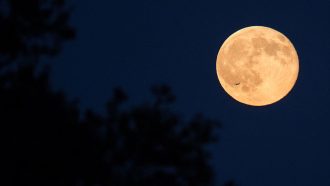 Planets
PlanetsScientists discover likely source of the moon’s faint yellow tail
These sodium atoms are part of the debris kicked up from the moon’s surface, mostly by micrometeorites, two new studies conclude.
By Sid Perkins -
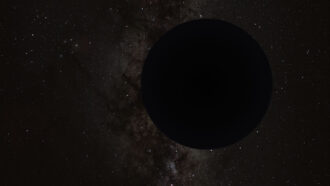 Planets
PlanetsSigns of a hidden Planet Nine in our solar system may be an illusion
Hints of the remote planet, also called Planet X, relied on clumped up orbits of bodies beyond Neptune. A new study suggests that clumping doesn’t exist.